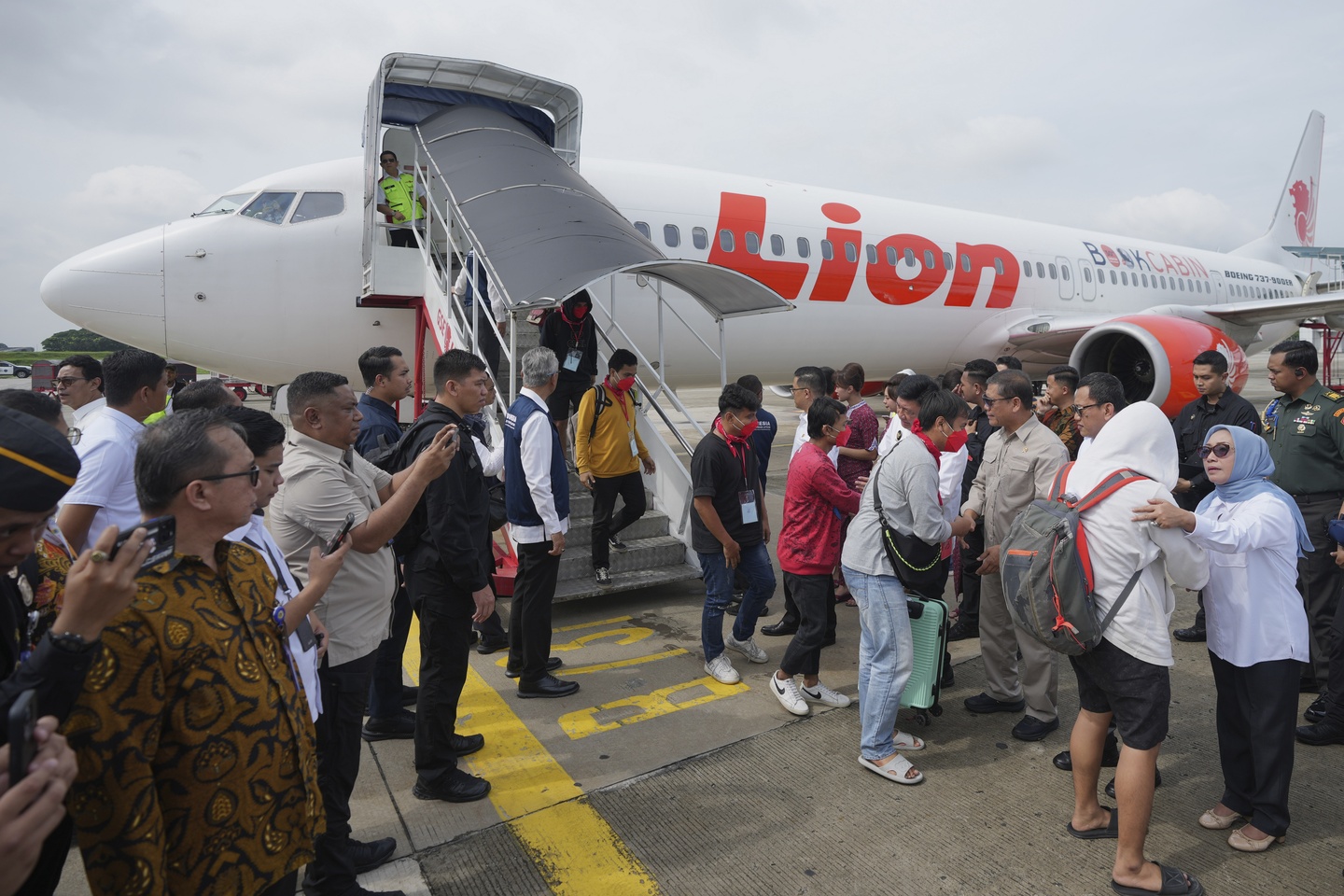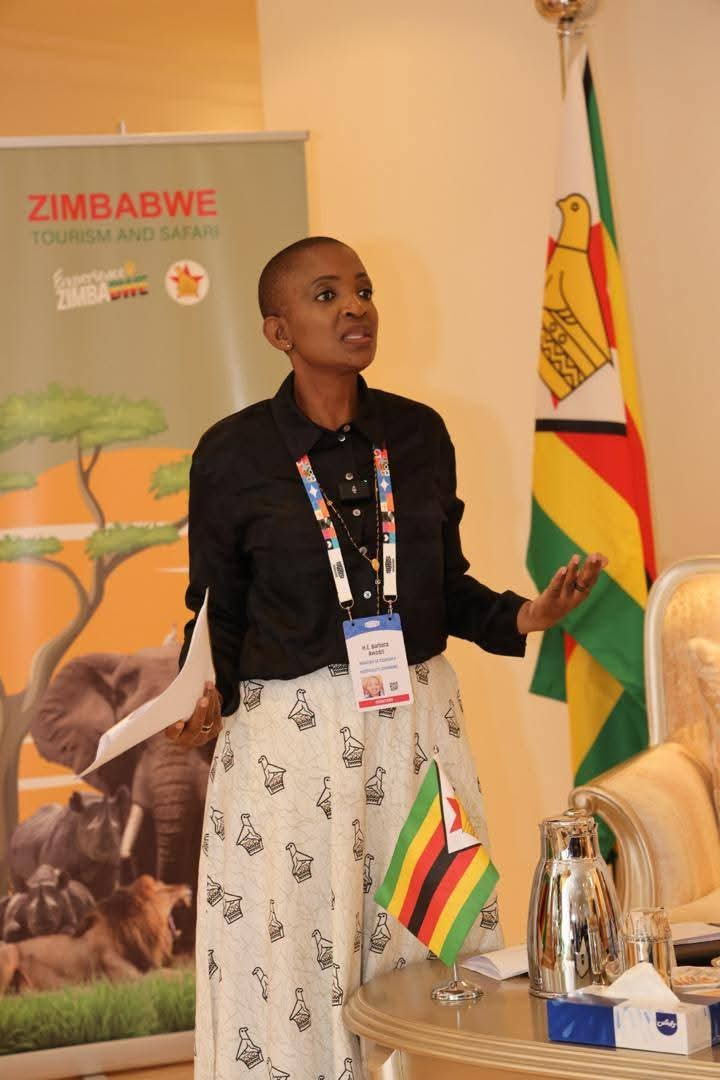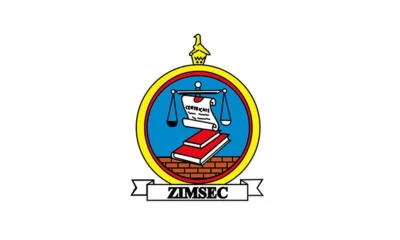World News
Judgement Day for Makate and Vodacom in “Please Call Me” Battle

The Constitutional Court is expected to hand down a landmark judgement today in the long-running and high-profile legal battle between Nkosana Makate, the acknowledged inventor of the Please Call Me service, and South African telecommunications giant Vodacom.
Makate has been fighting for fair compensation since 2007, claiming that Vodacom unlawfully profited from the Please Call Me service, a revolutionary mobile feature that allows users without airtime to send a free request for someone to call them back.
In a case that has captured world attention, Makate argues that Vodacom owes him billions of rand for the idea he conceived in 2000, when he was a junior employee at the company. While Vodacom has acknowledged him as the originator of the service, the dispute has centred around the amount he is owed.
In 2016, the Constitutional Court ruled that Vodacom was bound by a verbal agreement to compensate Makate, ordering the company to enter negotiations. However, after years of back-and-forth and a R47 million offer from Vodacom, which Makate rejected as inadequate, the battle returned to court.
Today’s ruling is expected to address critical questions around the fairness of the compensation process, Vodacom’s compliance with the previous order, and the extent to which intellectual property is valued in South African labour and corporate law.
Legal analysts say the judgement could set a powerful precedent for employee-inventors and reshape how major corporations handle internal innovation and compensation.
Makate’s legal team is hoping the apex court will compel Vodacom to pay a significantly higher amount, potentially running into the billions. Vodacom, on the other hand, has warned of potential financial risks should the ruling go against it.
As the nation watches closely, today’s decision is set to define the future of innovation rights in South Africa and mark a turning point in one man’s 17-year struggle for justice.
World News
Zimbabwean Delegation Joins Continental Peers in Honouring DRC Conflict Victims

Democratic Republic of Congo, The Zimbabwean delegation attending the 84th Session of the Executive Committee and the 47th Conference of the African Parliamentary Union (APU) participated in a solemn visit to historic monuments in Kinshasa, alongside fellow APU members from across Africa.
The visit, aimed at promoting continental solidarity and remembrance, saw delegates pay tribute to children and civilians who lost their lives during past conflicts in the Democratic Republic of Congo. The monuments commemorate those who suffered massacres, torture, and other forms of abuse, including sexual violence.
In a poignant moment of reflection, members of the Zimbabwean delegation, together with other APU participants, laid white flowers at the monument. The gesture symbolised purity, remembrance, and the ongoing process of national and communal healing.
“This visit serves as a reminder of the importance of peace, unity, and the protection of human rights across Africa,” an APU spokesperson said. “It is a call to collectively honour the memories of those affected by conflict and to commit to preventing such atrocities in the future.”
The African Parliamentary Union, which brings together parliamentary bodies from across the continent, has increasingly emphasised the role of legislators in promoting reconciliation, human rights, and continental cooperation. Delegates highlighted that activities such as the monument visit strengthen ties among member states and underscore a shared responsibility to learn from history.
The Zimbabwean delegation, part of a wider continental gathering in Kinshasa, is expected to engage in several deliberations over the coming days, focusing on regional cooperation, legislative harmonisation, and strategies to promote peace and development across Africa.
Crime and Courts
Indonesia’s Vulnerable Fall Prey to Online Scams and Human Trafficking


Indonesia is grappling with a growing problem of online scams and human trafficking, as economic pressures and scarce job opportunities drive more people into the hands of ruthless traffickers. Analysts warn that the situation will persist unless a comprehensive approach and stern law enforcement are implemented.
Traffickers are targeting vulnerable Indonesians with fake job offers or romance scams, only to force them into cybercrime or exploitation in Southeast Asia. The problem is widespread, with hundreds of thousands of people trapped in online scam operations across the region. Victims often face inhumane treatment, including torture, sexual violence, and forced labor.
Economic hardship, digital dependency, and weak law enforcement are key factors contributing to the problem. Indonesia has taken steps to combat human trafficking, including establishing a cyber division to detect and dismantle scam networks, and ratifying the ASEAN Convention Against Trafficking in Persons (ACTIP) to strengthen regional cooperation.
International organizations, like the United Nations, are providing support and guidance to combat human trafficking. However, experts emphasize that a comprehensive approach is needed to protect Indonesians from these devastating crimes. This includes public awareness campaigns, economic support, and stern law enforcement to bring traffickers to justice.
The Indonesian government has urged citizens to be vigilant and report suspicious activities, as it works to dismantle trafficking networks and protect its citizens from exploitation.
World News
Minister Rwodzi Applauds President Mnangagwa’s Leadership for Opening Doors to Global Tourism and Investment

Reflecting Zimbabwe’s growing reputation as a premier tourism and investment destination, Minister of Tourism and Hospitality Industry, Hon. Barbara Rwodzi, held a successful engagement meeting with the Zimbabwean diaspora community in Riyadh, Saudi Arabia.
The meeting was part of the Ministry’s Tourism Cluster-Based Approach, which identifies the diaspora as a key market segment in advancing national tourism and investment goals.
Hon. Rwodzi highlighted Zimbabwe’s vast tourism potential, citing the country’s world-class natural attractions, rich cultural heritage, and diverse investment opportunities across the tourism value chain.

“Zimbabwe’s foreign policy is anchored on President Emmerson Dambudzo Mnangagwa’s Vision 2030 and the national mantra, ‘Zimbabwe is Open for Business,’” Minister Rwodzi said.
The Minister emphasised that the Government welcomes global partnerships and values the active participation of citizens in the diaspora, describing them as vital players in tourism growth and national development.
Commending members of the diaspora who are already investing back home, Rwodzi cited the establishment of Waha Oasis in Norton a modern tourism facility with two state-of-the-art event venues as a shining example of growing confidence in Zimbabwe’s tourism sector.

“The expertise of Zimbabwean professionals abroad, including engineers, teachers, architects, and veterinary specialists, provides valuable opportunities for collaboration and knowledge exchange,” Hon. Rwodzi stated.
The Minister reaffirmed the Ministry’s commitment to strengthening engagement with the global Zimbabwean community and international investors to drive sustainable tourism development in line with Vision 2030, which seeks to transform Zimbabwe into an upper middle-income economy.
-

 Current Affairs1 week ago
Current Affairs1 week agoOperation restore order
-

 Crime and Courts2 months ago
Crime and Courts2 months agoMasasi High School Abuse Scandal Sparks Public Outcry
-

 Crime and Courts2 months ago
Crime and Courts2 months agoKuwadzana Man Jailed for Reckless Driving and Driving Without a Licence
-

 Current Affairs3 months ago
Current Affairs3 months agoMunhumutapa Day: Zimbabwe’s Newest Public Holiday Set for Annual Observance
-

 Current Affairs4 months ago
Current Affairs4 months agoBreaking: ZIMSEC June 2025 Exam Results Now Available Online
-

 Current Affairs1 month ago
Current Affairs1 month agoBREAKING NEWS: ZANU PF Director General Ezekiel Zabanyana Fired
-

 Current Affairs3 months ago
Current Affairs3 months agoGovernment Bans Tinted Car Windows in Nationwide Crime Crackdown
-

 Current Affairs2 months ago
Current Affairs2 months agoExposed: Harare GynecologistChirume Accused of Negligence, Extortion, and Abuse



